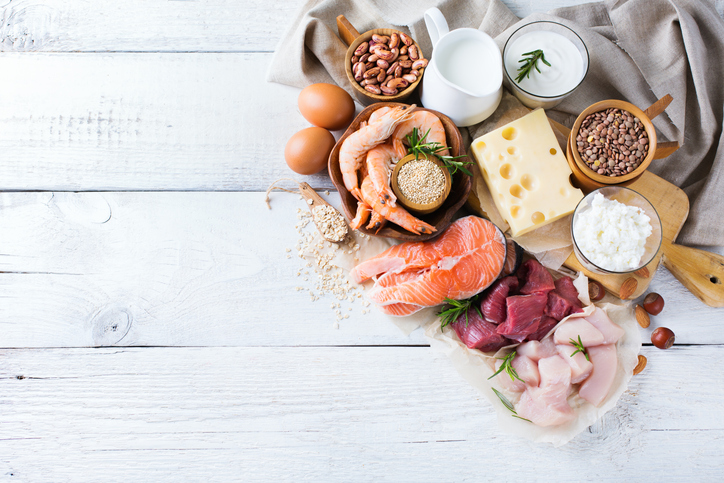
Tryptophan: the Happy Amino Acid
This substance, found in food, helps to calm and regulate the nervous system.
Tryptophan is an essential amino acid that we obtain through food and that is known for its relaxing effect on the nervous system. It is a precursor of serotonin (the “happy hormone”), a neurotransmitter that regulates sleep, balances mood and intervenes in appetite control.
Tryptophan is essential for the correct growth of newborns and to balance nitrogen in adults. It is also involved in producing niacin, a vitamin that plays a role in energy. But, for tryptophan to properly perform its role, it needs sufficient levels of vitamin B6 and magnesium.
Foods high in tryptophan
Foods from animals contain the highest quantities of tryptophan, especially eggs and milk. Smaller quantities of it are also found in meat and fish.
Eggs, dairy, oily fish and meat.
Legumes: lentils, soybeans, chickpeas, green beans, peas and broad beans.
Cereals: rice, wheat, oats, barley and rye.
Nuts and dried fruits: almonds, pistachios, cashews, pine nuts and chestnuts.
Fruit: strawberries, avocados, mangoes, oranges, dates, grapefruit, blueberries, grapes and apples.
Vegetables: rocket, watercress, spinach, pumpkin, asparagus, cauliflower, Brussels sprouts, potatoes, celery, onions, cabbage, garlic, lettuce, aubergines and carrots.
A balanced diet can give us 1,000 or 1,500 mg a day of L-Tryptophan (its precursor), which means that our needs are covered as long as we have the enzymes required to metabolise it and nothing interferes with its absorption.
This post is also available in: Portuguese (Portugal)
